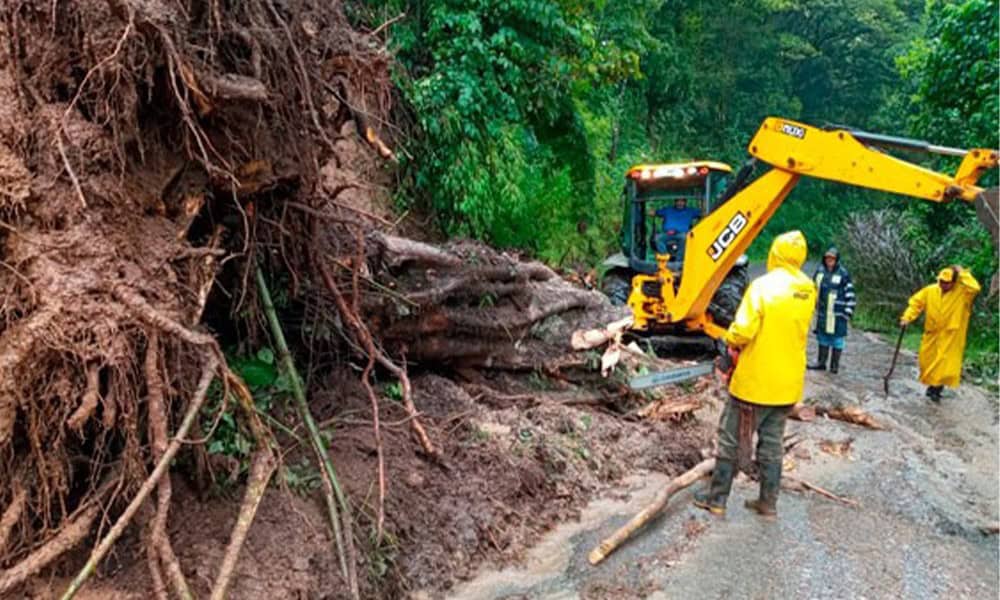The recent heavy rains in Costa Rica have caused significant damage to the country’s already deteriorating road network. According to the National Roads Council (CONAVI), many national roads have been affected by issues including landslides, flooding, and severe infrastructure damage. “We have not yet compiled a comprehensive count of damages, but it’s a table we constantly update. In the latest review, we recorded about 77 incidents across different roads,” said Cristian Arroyo, Executive Director of CONAVI.
Key problems reported include washed-out soil, cracked asphalt, and collapsed slopes. Authorities warn that the number of affected roads could increase as assessments continue. Initial cleanup and repairs have cost approximately ¢200 million, with total repair costs expected to vary depending on the severity of the damage. Engineering experts caution that even with the recent break in rainfall, saturated soils may lead to further landslides and flooding, exacerbating the crisis.
Neglected Infrastructure and Rising Costs
The heavy rains have underscored Costa Rica’s ongoing challenges with outdated infrastructure and inadequate maintenance. The Engineers and Architects Association (CFIA) and the National Laboratory of Materials and Structural Models (LANAMME) have repeatedly pointed out these deficiencies, emphasizing that many national roads lack modern engineering designs and preventive maintenance contracts.
Successive governments have failed to prioritize infrastructure investment, leaving the country’s roads vulnerable to extreme weather. The current damage highlights the long-standing neglect of the road network, which is crucial for Costa Rica’s economy and public safety.
In the meantime, Costa Rica is awaiting the approval of a $160 million loan from the Central American Bank for Economic Integration (CABEI) to fund emergency road repairs. Drivers are urged to exercise caution and check real-time road condition updates on social media.
The Path Forward
While immediate repairs are underway, experts stress the need for a comprehensive approach to modernizing Costa Rica’s road infrastructure. Addressing systemic issues with long-term investments and maintenance plans will help prevent future disasters.
The country’s road network is essential not only for transportation but also for the livelihoods of countless citizens. Without decisive action, the impact of future extreme weather events could be even more devastating.






